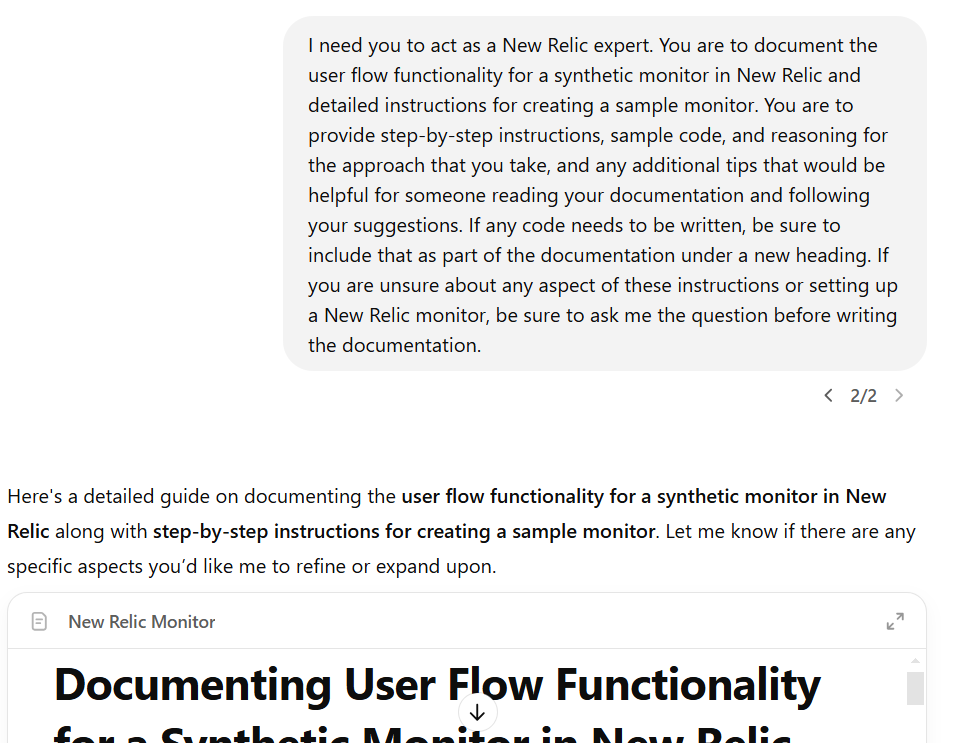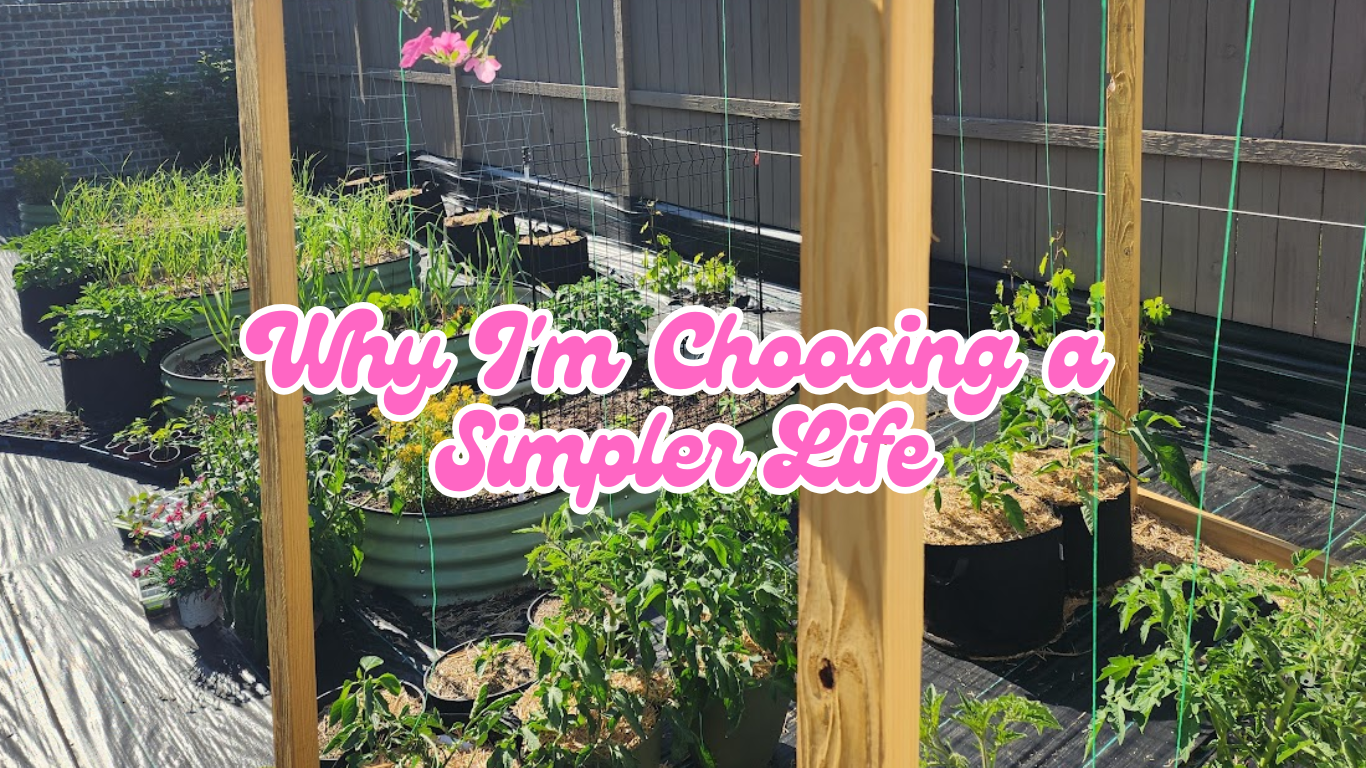
Foundations of Prompt Engineering: Basic Prompt Structures
Remember that time you asked ChatGPT to “write a short story about a cat” and somehow got a full-blown Shakespearean tragedy filling up your screen? Yeah. Been there, done that (ok not really but it was a good example and included a cat)! One minute, you’re expecting a cute little bedtime story, and the next, you’re staring at “Ode to a Forsaken Feline”.
Turns out, how you phrase your prompts can lead to very different (and sometimes unintentionally dramatic) results than what you expected. A small tweak in wording? Boom…your response goes from a convoluted mess to something actually useful. Why? Because AI isn’t thinking like us. It’s not pondering deep philosophical questions over its morning coffee while surfing Facebook. It’s crunching numbers, recognizing patterns, and making the best statistical guess at what you probably want.
So, how do you make sure your prompts actually get the results you’re looking for? You learn how to structure them with your mad skills!
So below, I will break down the fundamental types of prompts that I use and how they can improve your interactions with AI models.
How Prompt Complexity Changes AI Responses
If you’ve ever messed around with AI long enough, you’ve probably noticed something weird, but kind of cool. If you ask a basic question, you get a basic answer. Add a little more context, and suddenly, it’s like you’ve unlocked the next level of AI wisdom.
The key to good prompt engineering is knowing how your responses shift depending on how much detail you give to it. Some people call these prompt levels simple, complex, comprehensive, themed, or whatever other buzzword they like. But honestly? It just boils down to how much effort you put into crafting your request.
- Want a surface-level answer? Keep it short.
- Need depth? Give context.
- Trying to make AI act like a specific role? Tell it exactly what to do.
The bottom line? How you phrase things can make or break whether you get a goldmine of information or an AI-generated pile of poop. So let’s break down how different prompt levels work and when to use each one.
Simple Prompts: Straight to the Point (No Fluff Needed)
Not every prompt that you write needs to be a novel. Sometimes, short and direct is the way to go. A simple prompt is exactly what it sounds like…a clear, to-the-point question or command that gets you a fast, to-the-point answer. No unnecessary fluff or confusion, just results.
That said, even simple prompts need some level of precision. If you’re too vague or use lots of jargon that it can’t understand, you might get back something completely off the rails, or worse, a hallucinated response that sounds right but is total nonsense.
When does using Simple Prompts make sense?
- When you just need a quick, direct answer.
- When the question is common and has a well-documented answer.
- When you’re testing the waters before diving into a more detailed prompt.
What does a simple prompt look like?
If you read my breakdown of how AI models process prompts like detectives, then you know that no matter how simple or complex your request is, clarity is everything. Even when keeping it short, your wording needs to be specific, not vague or cluttered with unnecessary details.
![]() “Tell me the capital of South Carolina.”
“Tell me the capital of South Carolina.”
![]() “List three great role-playing games that two people can play together.”
“List three great role-playing games that two people can play together.”
![]() “Can I plant cucumbers next to strawberries, or is that a bad idea?”
“Can I plant cucumbers next to strawberries, or is that a bad idea?”
See the pattern? They’re direct, clear, and specific. No extra filler, just exactly what’s needed to get a useful response.
Complex and Comprehensive Prompts: Providing Context for a Better Response
Now, let’s dive into the deep end (don’t worry, I’ve got floaties). If you’ve ever asked AI for something and gotten back a half-baked response, chances are your prompt didn’t have enough oomph or, more technically, context.
That’s where complex prompts come in. These aren’t just short questions or commands; they’re detailed and structured instructions that give AI everything it needs to deliver a high quality response without you having to go back and fine-tune it a dozen times (maybe still once or twice).
A comprehensive prompt can include:
- “Act as” commands (telling AI to take on a persona or role)
- Constraints (limiting the type of response you get)
- Context (giving background info so AI knows what you’re talking about)
- Output samples (few-shot prompting, basically showing AI what you expect)
- Multiple steps (so AI follows a logical order instead of rambling)
Using these elements reduces the guesswork for AI and helps you get a response that’s awesome instead of just okay.
When Should You Use Complex Prompts?
- When you need an in-depth and detailed explanation.
- When you want AI to take on a specific role.
- When comparing and contrasting concepts.
- When you’re tackling a nuanced topic that needs careful thought.
Always remember….The more context you provide, the less guessing AI has to do, and the better your results will be.
Direct vs. Open-Ended Prompts
Another key component of prompt engineering is deciding how much control you want over the response. Do you want something pretty specific as a response or should AI explore possibilities in an open-ended way?
Direct Prompts: Getting to the Point
If you need a simple straight answer, keep it direct. A direct prompt is clear, specific, and typically leads to fact-based responses without AI overthinking things or trying to give you back a hallucination.
Examples of Direct Prompts:
![]() “What are some good fertilizers?”
“What are some good fertilizers?”
![]() “List the top 3 brands of tomato fertilizer used by successful home gardeners.”
“List the top 3 brands of tomato fertilizer used by successful home gardeners.”
When to Use Direct Prompts:
- When you need factual answers without a lot of creative writing.
- When you’re looking for lists, bullet points, or step-by-step instructions.
- When you want quick, clear, and efficient responses.
Open-Ended Prompts: Encouraging AI to Think Creatively
On the flip side, open-ended prompts give AI more room to explore different ideas.
For example, aside from my software engineering life, I’m also an oil painter and I use ChatGPT quite often to have it help me develop business and marketing ideas for my oil painting business.
Recently, I’ve started thinking about ideas for products that are digital-based and would help me expand my reach to potential buyers. I decided to enlist ChatGPT to help me brainstorm and instead of asking a direct question, I went with an open-ended approach:
AI came back with five solid ideas across various price ranges, with some ideas I hadn’t even considered. My prompt wasn’t incredibly long but it was fairly specific in my goal, and I left it open to the creative ideas of whatever AI could come up with.
When to Use Open-Ended Prompts:
- When you want AI to brainstorm or offer insights.
- When exploring subjective or creative topics.
- When seeking detailed explanations with various perspectives.
Pro Tip: Open-ended prompts are usually the ones I tweak the most. If the first response isn’t quite right, I refine my prompt and iterate it until I get something useful. For example, my AI-generated product ideas above came from my third version of that prompt. Tweaking is part of the process!
Role-Playing Prompts: Getting AI to “Think” in Different Ways
One of my favorite techniques to use in prompt engineering is role-playing, which means I ask ChatGPT (or other AI) to take on the role of a specific person, industry expert, or anything else I’d like it to be. This type of prompt can help to shape the response and make the AI more focused on what you are after.
Examples of Role-Playing Prompts:
Creative Role-Playing Examples:
- Business Consultant Mode: “You are an experienced business strategist. How would you help a startup improve its customer retention that is already experiencing a loss?”
- Historical Figure Mode: “You are Claude Monet. Explain the importance of creativity in today’s world.”
- Coding Mentor Mode: “You are a senior software engineer mentoring a junior dev. Explain the best practices for writing clean, scalable, and maintainable code.”
When to Use Role-Playing Prompts:
- When you want a response tailored to be from a specific perspective.
- When you’re exploring creative storytelling or historical viewpoints.
- When you need expert advice in a niche field.
Why Basic Prompt Structures Matter
Mastering basic prompt structures is what separates meh AI responses from insanely useful ones. Whether you’re keeping it simple, going complex, crafting direct requests, or playing with open-ended formats, how you phrase your prompt will always determine the quality of AI’s output.
By refining how you structure your prompts, you’ll unlock AI’s full potential and get the most out of every interaction.

Share this article
Follow me
Hey friend! Heads up: some of the links I share may earn me a small commission if you decide to buy—because mama’s gotta keep the coffee fund alive. Thanks for your support!
A quick overview of the topics covered in this article.
Latest articles
June 13, 2025
April 14, 2025





